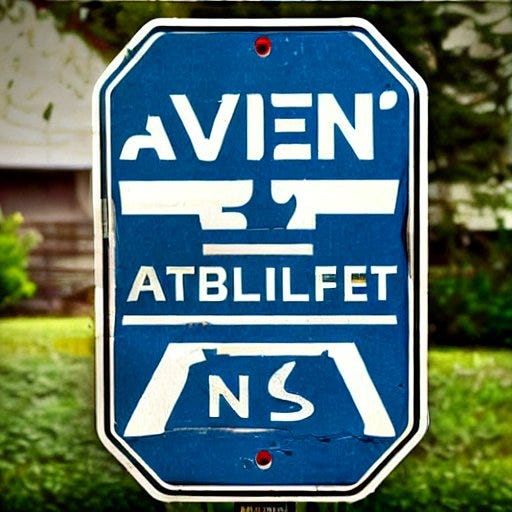
Vol. 1, No. 9 — With so many countries and so many languages in such a small area, communication in Europe can sometimes be challenging. It’s also something that, as Americans, we’re less likely to have experience dealing with. We can travel to any given region of the US and reasonably expect that we will understand and be understood by the locals.
Before I moved to Europe, a Swiss friend visited me in California one summer and after a couple of days started laughing at all of the street signs. He said, “They’re all just words! This would never work in Europe.” It’s true. Signs in Europe have been designed to use visual representations instead of words. This works well for the most part, but some still take a second glance to decipher. The set of icons used for laundry instructions stands out in particular. I gave up on them long ago.
There are strange overlaps in language “understandability”, for lack of a better word. For example, Italian tourists in Spain can usually survive by speaking slowly and clearly. There are enough common words that both sides will be able to wade through successfully. A German visiting the Netherlands will have relatively little trouble reading the newspaper headlines but colloquial Dutch spoken on the street is a much tougher task.
English may be a common denominator, but never underestimate the power of an accent’s ability to destroy a conversation. English is very sensitive to pronunciation but, at the same time, does not have regular pronunciation or spelling rules. A Spelling Bee in Germany or Spain would be a snooze fest. All of the words are spelled as they sound. It’s all 100% predictable. Did you know that? It kind of blew my mind.
Because English is hard to know how to pronounce, you will run into the rather comical situation of not being able to order English-language dishes at restaurants in non-English-speaking countries unless you can put that country’s spin on the words enough to be understood. I once failed spectacularly to order a “Crispy Chicken” sandwich at a Burger King in Germany. But when I clarified that I wanted a “Crishpy Shickun”, they knew immediately what I meant. Silly me.
Learning how to communicate is actually a skill separate from learning any particular language. The classic example of repeating what you just said BUT LOUDER comes to mind. While this does work to a degree, you’re better off speaking slower, replacing some potentially tricky words, and getting rid of any contractions.
“Didya wanna grab a spot over there?” is quite the challenge for a non-native speaker compared to “Did you want to sit there?” or even just pointing at a table and shrugging. Gestures and facial expressions with a couple of nouns have gotten me through so many awkward encounters.
Midwestern Europe: Volume 1 with the first 52 entries in this series is available now on Amazon US, Spain, and Germany in hardcover, paperback, and Kindle formats!
They were made with much love. Pick up a copy, you won’t be disappointed.
If you’ve been enjoying these entries, please consider dropping by the product page and leaving a star rating based on what you’ve read here. Your investment of a minute or two would totally make my day! Many thanks.

